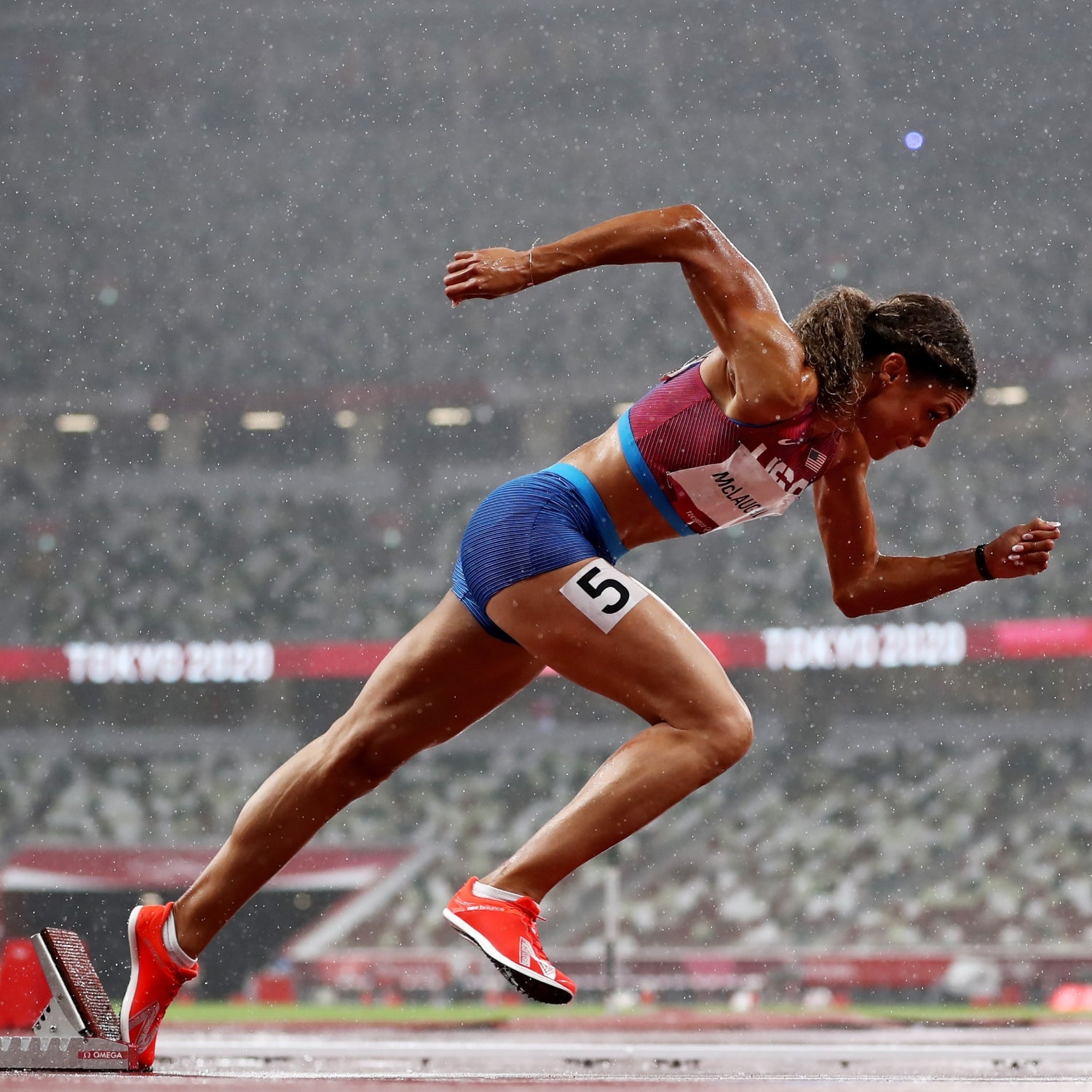When Usain Bolt retired after the 2017 World Championships, it seemed like an ominous development for a sport that was already struggling to retain its relevance in non-Olympic years. Professional track was losing a global celebrity, a natural entertainer who possessed that rare combination of galactic talent and showmanship. Who would fill those size 13 spikes? In the 100-meter final at the championships in 2017, Bolt was beaten by a 35-year-old Justin GatlinтАФan athlete whose previous doping bans тАФand Christian Coleman, the young American once hailed as BoltтАЩs successor who would soon be serving a . Professional menтАЩs sprinting seemed to be in for a rough time.
Fortunately, however, this grim prognosis didnтАЩt come to pass. Five years after BoltтАЩs retirement, we seem to be witnessing a new golden age of sprinting. On both the menтАЩs and womenтАЩs side, a profusion of young (and not-so-young) talent has made previously untouchable records seem suddenly within reach. This is something worth celebrating. While regular readers of this column will know that I have an obvious bias for distance running, thereтАЩs no substitute for the distilled intensity of a race that is over in seconds, where tactics matter less than the marriage of perfect mechanics and raw ability. If youтАЩve been to a world-class track meet youтАЩll know that no event is as viscerally awesome as the sprints; to see such speed up close is to catch a glimpse of the sublime.
Right now, there might be no sprinter alive more talented than Erriyon Knighton, the phlegmatic teenager from Tampa, Florida, who over the course of the past year has broken BoltтАЩs under-18 and under-20 world records in the 200-meters. But while Knighton, who is six foot three, may be more Bolt-like in physique, the Jamaican idolтАЩs obvious heir in terms of charisma is Noah Lyles, the current king of the 200. When he beat Knighton at the USATF championships this summer, Lyles a millisecond before breaking the tape in an act of delicious showboating that recalled some of BoltтАЩs more . Not to be outdone, last week 19-year-old Letsile Tebogo of Botswana set an under-20 world record for the menтАЩs 100-meters despite wagging his finger at the competition once he knew he had it in the bag. The gesture, , was meant as a direct tribute to Bolt. Imagine how confident you have to be in your ability to engage in a premature celebration in a race that lasts less than ten seconds.
In any event, Lyles would save his most flamboyant celebration for after the race in the 200 at the World Championships in Eugene last month. After winning by a decisive margin, he seemed to be pleading with the race clock which had his time at 19.32тАФequaling Michael JohnsonтАЩs American record from 1996, the year before Lyles was born. When that was updated to 19.31, Lyles tore open his shirt in exaltation. I remember watching Johnson run 19.32 at the Atlanta Olympics. It was a huge world record at the time, one that no American sprinter had come close to matching before the present era. With Lyles and Knighton locked in a rivalry for years to come, even BoltтАЩs mythic world record of 19.19 could go down.
Bolt, of course, is the main reason why all of the major world records in menтАЩs sprinting were set relatively recently. Not so on the womenтАЩs side, where most sprint records date back to the eightiesтАФan era where out-of-competition drug testing had yet to be implemented. тАЬLegally, they are the existing records,тАЭ World Athletics president in reference to untouchable performances like Florence-Griffith JoynerтАЩs 100- and 200-meter marks from 1988, or the East German Marita KochтАЩs 400-meter record from 1985, тАЬbut they may not be the safest records on the book.тАЭ This is Coe being diplomatic about a longstanding conundrum for womenтАЩs track and field: What do you do if many records are believed to be dirty, but when you are never going to have definitive proof? In recent years, several people have . ItтАЩs a practical solution, but not an ideal one. Coe himself has stated that he would prefer that new records happen тАЬorganically.тАЭ
He has reason to be optimistic. For the first time ever, some of those stratospheric times from the eighties look genuinely attainable. At last yearтАЩs Pre Classic, Elaine Thompson-Herah won the 100-meters in 10.54, a mere 0.05 seconds off the world record from тАЩ88. And at this summerтАЩs World Championships, Thompson-HerahтАЩs fellow Jamaican Shericka Jackson won the 200-meters in 21.45, putting her at number two all-time behind FloJoтАЩs 21.34.
Of course, when it comes to preposterous sprint records, no athlete has done more of late than Sydney McLaughlin, the 23-year-old American who over the past year has repeatedly broken her own world record in the 400 hurdles. Her absurd personal best of 50.68 has inspired speculation about what she might be able to do in the тАЬregularтАЭ 400, sans barriers. Assuming that she (or her coach) gets bored of eviscerating the competition (on Monday, by nearly three seconds) thereтАЩs a chance that McLaughlin might try to take down KochтАЩs 47.60 from 1985. To be clear, the chances of breaking that record are slim; with the possible exception of in the 800-meters, KochтАЩs time is surely the most untouchable record in track and field. But if anyone can do it, itтАЩs McLaughlin.
None of which is to suggest that improving on the old, dubious records will be some kind of panacea for track and field. Skeptics will point out that, modern drug testing notwithstanding, we some halcyon post-doping era. If anything, we are in a moment where advances in shoe technology have added another layer to the discussion about the ; catching surreptitious steroid users is one thing, but now we also get to argue about potentially illicit forms of energy return.
Fortunately, in the sprints such arguments about shoe-tech inspired тАЬmechanical dopingтАЭ havenтАЩt been as prevalent as in the distance events. Karsten Warholm, the Norwegian gold medalist in the 400-meter hurdles, all the hype about the propulsive effect of NikeтАЩs super spikes тАЬtakes credibility away from our sport.тАЭ But Warholm, who is a Puma athlete, might just be sticking up for his sponsor in a sport where contracts from major footwear brands are still athletesтАЩ main source of income.
at the World Championships, Lyles made it clear that, at least as far as his sponsor Adidas was concerned, he was an influencer first and an athlete second. тАЬOriginally I thought my job was to run,тАЭ Lyles said. тАЬNo, your job is to sell shoes. And the more you do it, the more they will pay you.тАЭ


